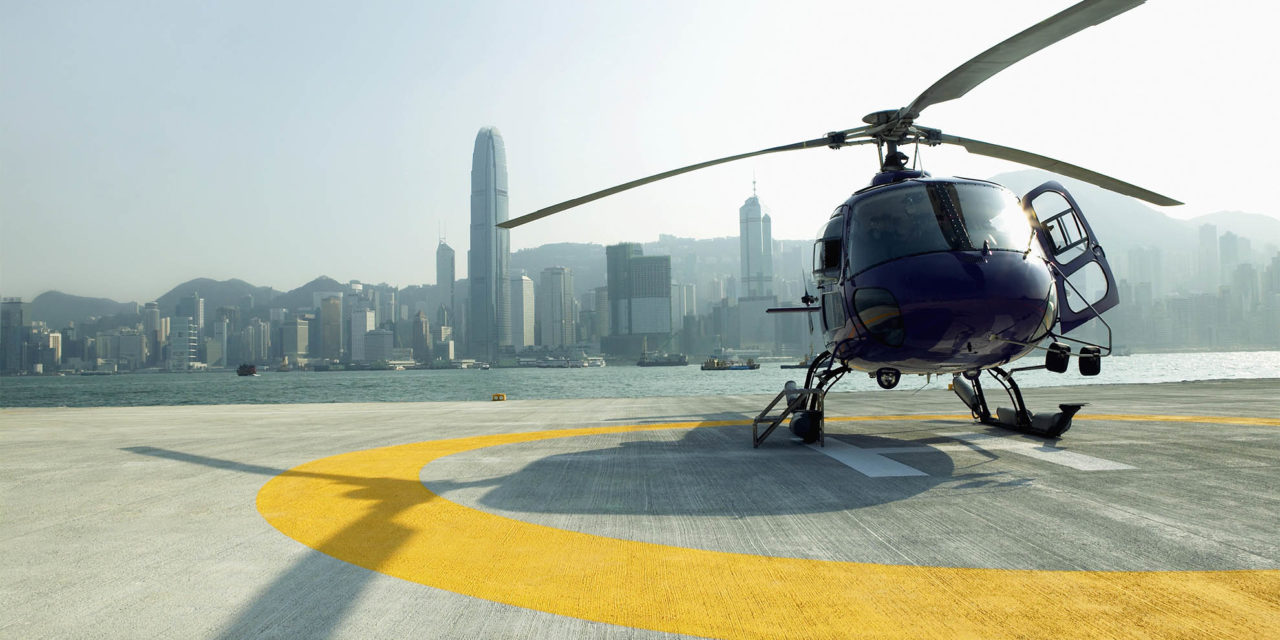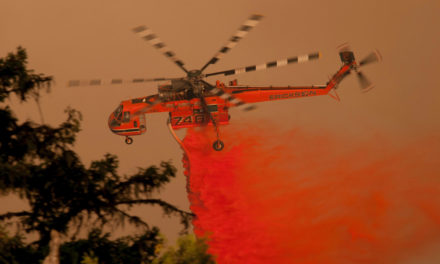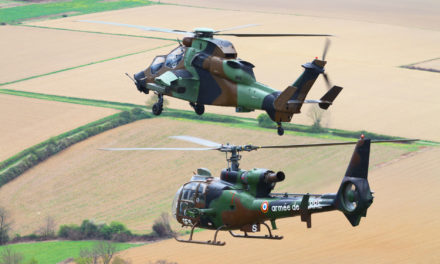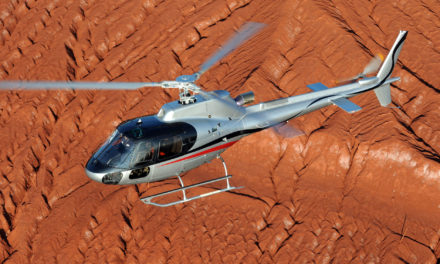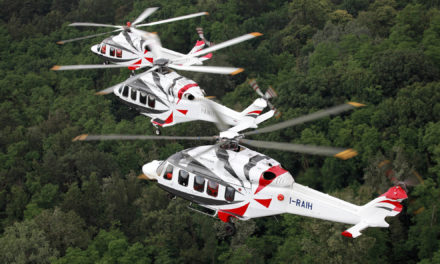Pre-owned machines represent a real boon for the helicopter market as well as a great opportunity for investors. François Gautier, CEO Blueberry Aviation tells us why.
Text by Sylvie Peron Photos Radu Vladimir Moise
Helicopters continue to provide essential services to society. EMS, rescue, civilian protection, firefighting services are critical to our wellbeing. However, the acquisition and operational costs of a helicopter have become extremely high for operators.
François Gautier founded his firm in Dublin in 2003. The company has grown and evolved, offering services in both the fixed wing aircraft and helicopter sectors. To date, Monaco-based Blueberry Aviation, with offices in Dublin, New York and Singapore, has completed over 150 commercial aircraft and 390 helicopters transactions. According to its CEO, the second hand market offers a financially and economically efficient solution.
UJ
How do you see the helicopter market today?
We were among the first to state the collapse of the market 5 years ago when no one wanted to hear that the market had been inflated by speculation, and that the Oil & Gas crisis would have a major impact.
Before the crisis hit, the real growth in the helicopter market came from the Oil & Gas industry, although all segments did experience a growth before 2008. Once the price of oil started to decline, this growth suddenly vanished, creating a massive oversupply. Globally the market has declined and is still saturated today. The result was a big decrease of new helicopter sales as well as pre-owned helicopter values.
At the same time we witnessed the emergence of leasing institutions taking speculative positions mainly on heavy helicopters for the off-shore market. This situation impacted the market even more as people realized that there was no longer a need for these machines in the mid to long term.
Regardless of the situation, prices of new helicopters kept rising, even though new models presented relatively limited technical evolutions. This has created a stress on values in all market segments, further increased by falling demand and rising prices defying all market-driven logic. This stress was passed on to the operators.
Operators saw their revenues decrease substantially on almost all segments while the operation and acquisition costs kept increasing.
The most critical impact was in the off shore market. The price of oil decreased by about 40 per cent while the cost of helicopter operation remained stable, when not increasing. This situation is just unmanageable for operators who are obliged to reduce their costs given their reduced revenues.
On the other hand the helicopter demand is far from being on the decline as there is a real need, which should remain stable on the mid to long term.
We believe that during the next 10 years, unmanned aircraft systems market-share should remain very modest, due to pending regulation, certification and security issues. Today’s drone market lies mainly with high-risk military operations. The civilian market will be impacted on minor segments such as surveillance and filming markets, but these do not represent a significant market-share. Unmanned aerial vehicles, in their passenger transport versions are still far from ready to compete with technical missions performed by helicopter. It will take many more years before they reach the required levels of technicity and safety standards for this type of mission.
Proof being that unmanned cars have already been technically viable for some time, but remain to be put into operation anywhere in the world due to unsolved safety issues which could jeopardize passengers and their surroundings’ safety alike. This risk is all the more acute for flying vehicles in an uncontrolled and unregulated environment.
The rotary-wing industry should be confident that their products are currently providing an unmatched service. Yet today, acquisition and operational costs are too high to make these operations profitable. The objectives should be to reduce these costs.
Does the pre-owned helicopter provide a solution to reduce costs?
Most of the time, pre-owned machines offer the same service as new ones, with the same level of safety. There were few major technical evolutions over the past decade and only minor improvements.
At a much lower acquisition cost, a good second-hand helicopter can offer a technical performance equivalent to that of a new machine for at least half the price. With virtually no delivery lead time, it will run smoothly for its second life without a significant drop in value.
Then again, operators must be well advised by experts to manage the critical and sometimes onerous technical constraints related to the required modifications that will enable the helicopter to carry out a mission type.
On the other hand, the cost of operating a pre-owned helicopter is very similar to that of a new one. This is quite different from commercial aviation where manufacturers try to build more fuel efficient and better performing aircraft in order to offer operators clear economic benefits.
Thus, the airlines accept to pay more for a new aircraft as it provides a cost driven advantage to remain profitable.
Do you believe that financiers are still willing to fund or invest in helicopters?
Given the current crisis financiers are starting to show signs of reluctance to finance new helicopters as these represent uncertain future residual values and the profitability of the operators are at risk.
Some financiers who have over-invested in the recent past have suffered heavy losses over the last few years in particular those who were involved with operators or lessors who filed for creditors protection.
Today, we have seen that new helicopters could lose of up to 70% in value over a period of 10 years whereas before the crisis, financiers were expecting a loss of approximately 35% over the first ten years.
We believe that financiers should more actively consider financing second-hand, i.e. mid-life helicopters, as they represent a lesser risk and are providing a great tool for operators to recover profitably.
Our experience of the commercial aircraft market shows that over the last ten years more and more banks and investors are actively investing in 10 to 15-year old commercial aircraft. We believe that a similar trend could occur in the pre-owned helicopter market as it represents a great opportunity for financiers.
It is our job to educate and explain to these financiers why it is a wise approach to finance the secondary helicopter market. By definition this type of midlife assets is very much resistant to loss in residual value. The mid-life helicopter could still perform efficiently for its mission. Its value should also remain quite stable, generating a good return for the owner as lessor, or profit by the operator, upon its resale in the right market.
Further to the past years slump in new helicopter sales, we also expect a stabilisation and even a slight increase in some segments of the secondary helicopter market values over the next few years given the lack of capacity for some types.
Funding in the second-hand helicopter market will enable operators to operate more efficiently and profitably, thus improving the overall helicopter market and encouraging more investment in pre-owned and new helicopters in the mid to long term.
A good example is what we are seeing today in the United States in the EMS Market, with programs buying good quality mid-life machines at attractive prices and financed by regular banking institutions offering attractive interest rates. This makes sense in a market were interest rates have never been so low.
Though operators were keen to take assets off their books a few years ago, they now have a newfound motivation to own their assets, provided they buy the right second-hand machines at the right price. If acquired at the right price they could expect to not lose money, even making a profit on the resale value. This also provides more flexibility in terms of operation, avoiding long-term commitments with lessors in a challenging market where capacity flexibility is a key to success.
Blueberry Aviation is a key partner to find the right second hand equipment for the operators but also regularly assist their customers to structure competitive financing for their aircraft acquisition projects.
We strongly believe the helicopter Market still has a strong future given the unmatchable missions the helicopter can perform. We also believe that for a lot of operations the right second hand equipment will enable operators to return to profitability. It is our objective to support this move and provide the best solutions to our customers.
Meanwhile, it is critical for tomorrow’s new helicopters’ market that manufacturers produce real technical evolutions which make sense for operators, produce cheaper helicopter and take into account new environmental factors, noise nuisances, and safety issues.

